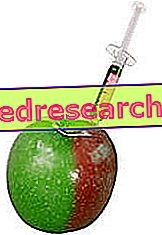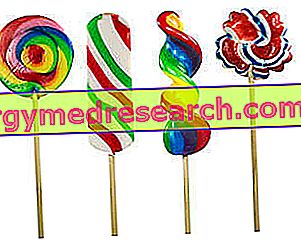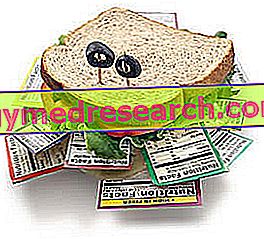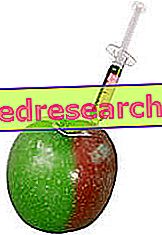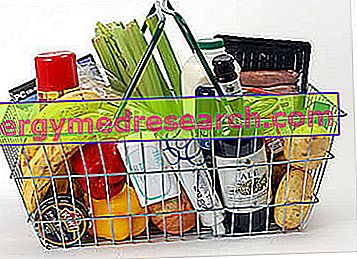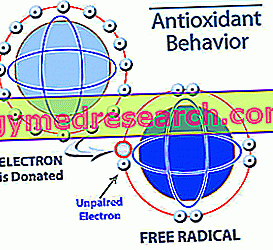E444 ACETATE ISOBUTYRATE SACCAROSE The isobutyrate acetate sucrose is a synthetically produced food additive. It can be contained in flavored soft drinks, unfiltered beverages etc. At the moment, the side effects deriving from the consumption of food products supplemented with E444 are not yet clear
Category food additives
The ADI (Acceptable Daily Intake) or DGA (acceptable daily intake) establishes the amount of a given substance that a person can take every day, for life, without consequences for health. This quantity is expressed in milligrams of product per kg of body weight. Adults, therefore, can be understood to tolerate certain substances better than children
Positive list and Negative list The positive list is the list of authorized additives with an indication, for each, of the use cases and the maximum permitted doses. The positive list is drawn up by the Health Administration, in agreement with the other interested Administrations (Ministries of Agriculture and Forests, of Industry
Where are the additives on the label and how are they indicated? In the list of ingredients that appears on the label, the additives are always found at the end of the list; in fact, this list is drawn up ACCORDING TO A DECREASING ORDER of quantities and, given that the additives are contained in always reduced doses, they are at the bottom
The brown color of the dyes (sometimes tending to black) is obtained from the caramel, the "cooked / burnt" sugar that we all know well. The European Union Directive 94/36 / EU lists 4 "brown" color groups / classes and defines the starting sugars from which these dyes can be obtained: the aforementioned sugars are glucose, sucrose or a mixture of the two; these glucides are then treated with heat and chemical substances (specifically sulfuric acid and ammonia)
Definition The food additive, according to the Food & Nutrition Board of the United States , is defined as “any substance, or mixture of substances, other than basic foods, which is found in the food ready for consumption following the various treatments connected with the production, processing, storage and packaging of the same ”. Th
Preservatives are used to improve food preservation, preventing or slowing deterioration, and consequently increasing shelf-life times. Deterioration can be caused by chemical, physical and / or microbiological factors. Not all the alterations caused by micro-organisms (bacteria, fungi or yeasts, molds
Oxidation is that chemical process in which a substance loses electrons (oxidizes itself) in favor of another nearby substance that acquires them (reduces itself). in the context of a combined process called oxido-reduction or redox. The oxidation process is one of the most common and frequent causes of alterations, even substantial, of the color, aroma, consistency, taste and nutritional content of foods, during the processes of production, distribution and preparation of the same
E100-CURCUMINA (CI 75300) Curcumin is a yellow substance found in turmeric ( Curcuma Longa ), a tropical plant native to India. It belongs to the same family as ginger and its aroma recalls it. The active substance, CURCUMINA, is present in the rhizome of the turmeric in a percentage between 0.3% and 0
Food Colorings are substances that give a color to a food or restore its original color; they include natural components of food and other elements of natural origin, normally not consumed as food or used as a typical food ingredient. Preparations obtained from foods and other edible basic materials, of natural origin, obtained by means of a physical and / or chemical process involving selective extraction of the pigments, in relation to their nutritive or aromatic components, are coloring
E101 - RIBOFLAVINA; LACTOFLAVINA Riboflavin is a vitamin, an organic substance that reflects the natural color of milk, hence the synonym lactoflavin. It can be either produced by synthesis or extracted from natural sources (brewer's yeast). As a colorant, riboflavin is found in the form of a yellow to yellow-orange crystalline powder with a slight bitter taste

